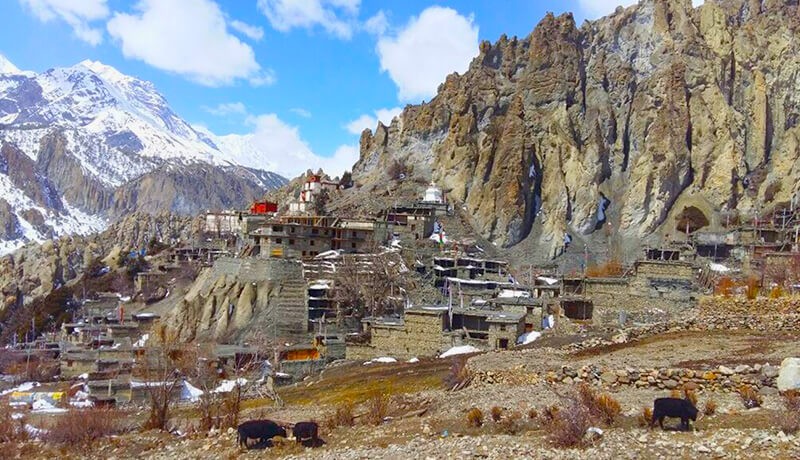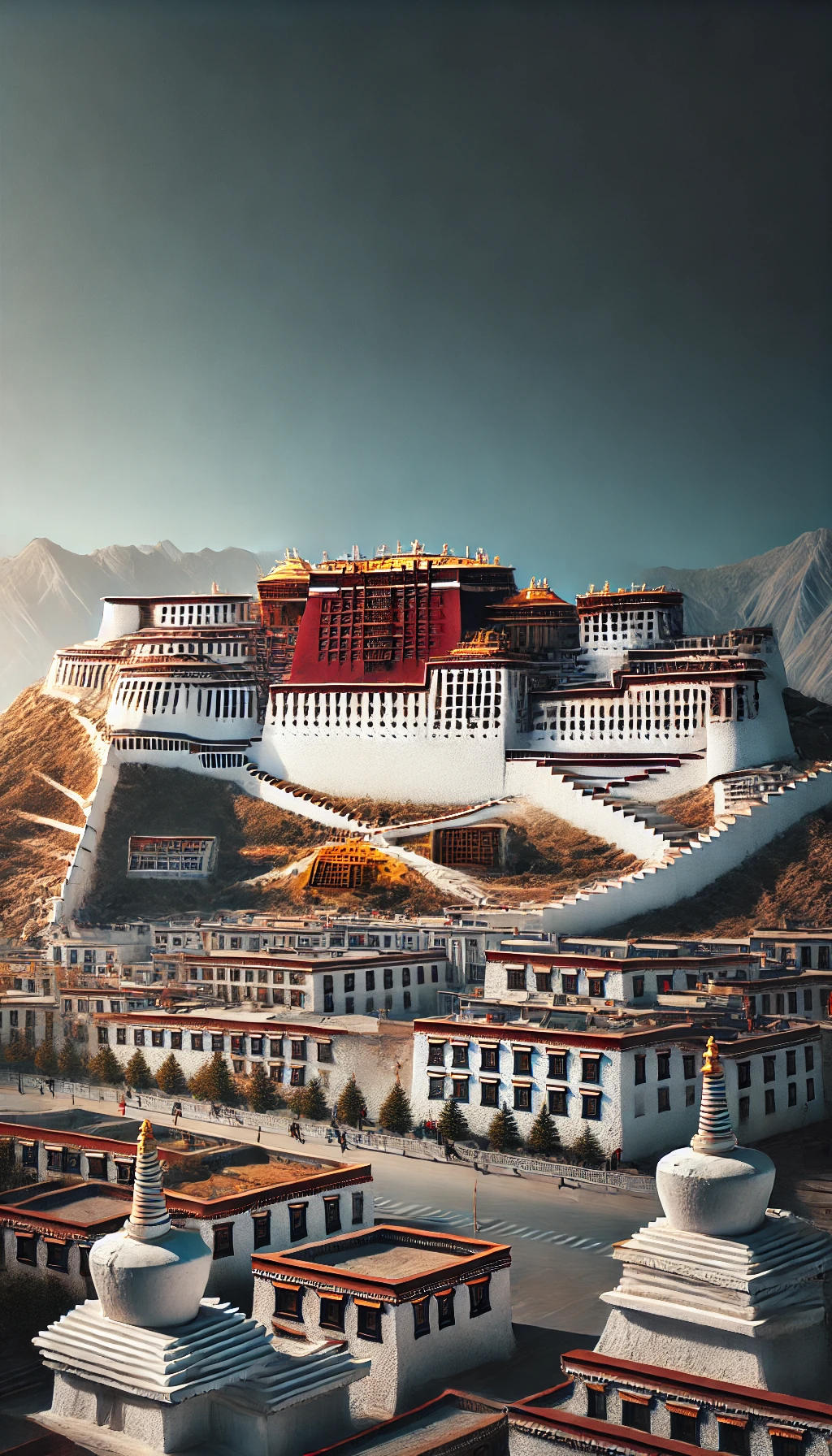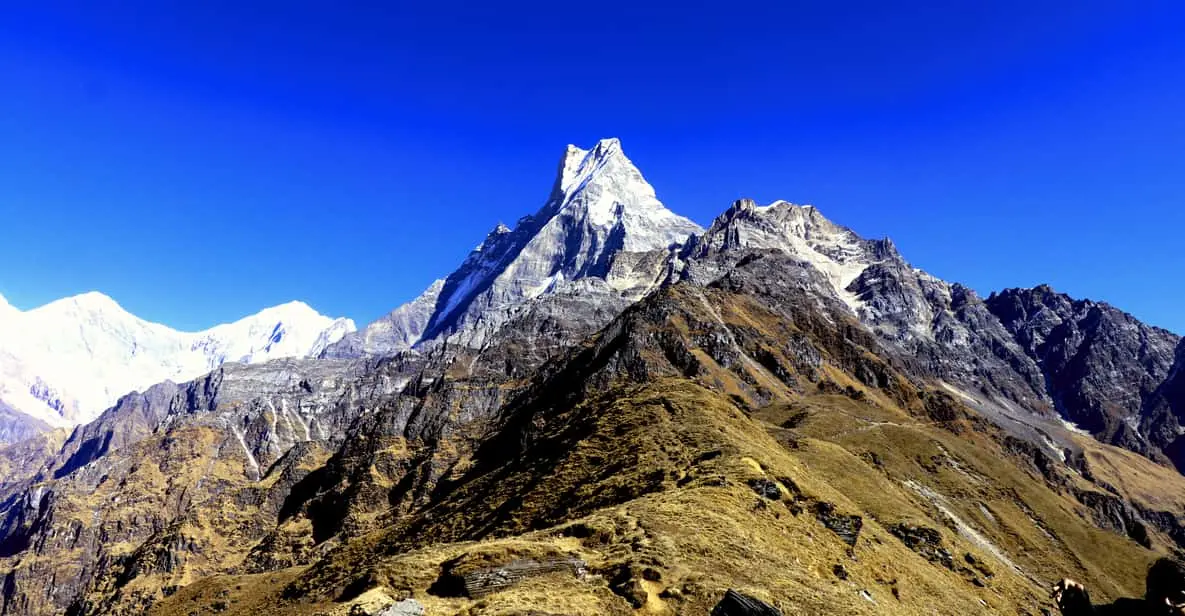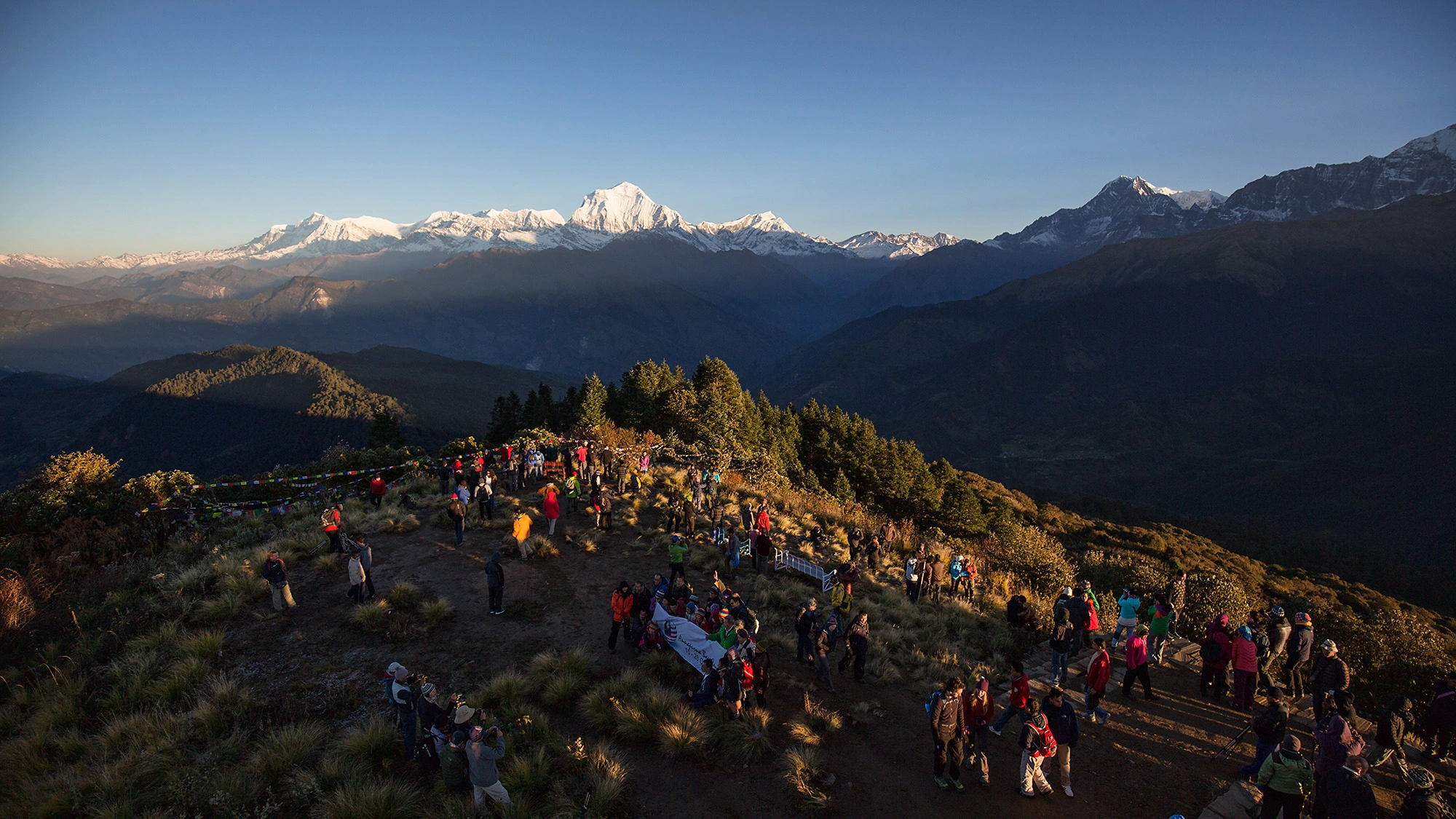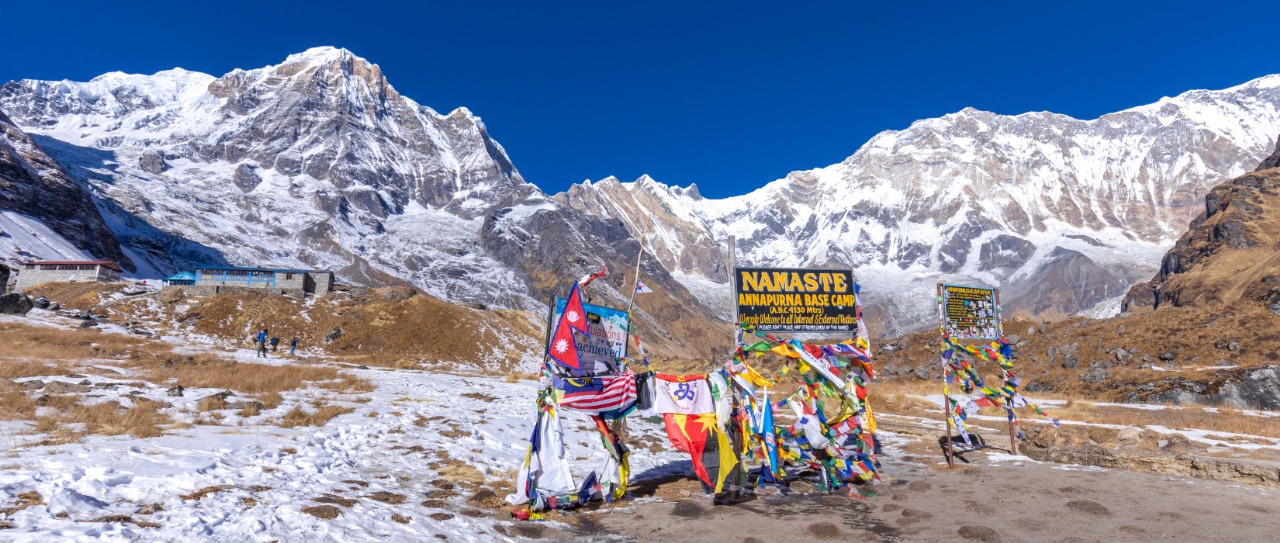The Nar Phu Valley Trek is a hidden gem in the Annapurna region of Nepal, offering an off-the-beaten-path adventure for trekkers seeking remote and untouched landscapes. This unique trek takes you through the secluded Nar Phu Valley, a region rich in Tibetan culture and ancient traditions, where you’ll encounter traditional stone villages, medieval monasteries, and breathtaking Himalayan vistas. The trek combines the thrill of high-altitude trekking with the serenity of exploring one of Nepal’s least-visited areas, making it a perfect choice for those looking to escape the crowds of more popular routes like the Annapurna Circuit or Everest Base Camp.
The Nar Phu Valley Trek itinerary typically begins in Koto, branching off from the Annapurna Circuit trail. From there, you’ll venture into the restricted Nar Phu Valley, which requires special Nar Phu Valley permits. The trek takes you through lush forests, rugged canyons, and high-altitude deserts, culminating in the picturesque villages of Nar and Phu. These villages are home to a unique blend of Tibetan culture and ancient traditions, offering a rare glimpse into a way of life that has remained unchanged for centuries. The Nar Phu Valley altitude ranges from 3,500 meters to over 5,300 meters at the Kang La Pass, making it a moderately challenging trek that requires proper acclimatization.
One of the Nar Phu Valley highlights is the stunning Kang La Pass, which offers panoramic views of the Annapurna and Manaslu ranges. The trek also includes visits to remote monasteries, encounters with yaks and blue sheep, and the chance to explore the dramatic landscapes of the Nar Phu Valley. The best time for the Nar Phu Valley Trek is during the spring (March to May) and autumn (September to November) seasons, when the weather is clear and stable. While the trek can be done with a guide or independently, hiring a local guide is recommended due to the remote nature of the trail and the need for proper navigation.
The Nar Phu Valley Trek difficulty is considered moderate to challenging, with steep ascents, high-altitude passes, and basic teahouse accommodations along the way. However, the effort is well worth it, as the trek offers a truly unique and immersive experience in one of Nepal’s most remote and culturally rich regions. Whether you’re drawn to the Tibetan culture of Nar Phu, the dramatic landscapes, or the sense of adventure that comes with exploring a hidden trail, the Nar Phu Valley Trek is an unforgettable journey that showcases the best of Nepal’s natural and cultural heritage.
Trip Highlights:
-
Explore Remote Nar and Phu Villages: Step back in time as you visit the ancient, secluded villages of Nar and Phu. These traditional Tibetan-style settlements are surrounded by dramatic landscapes and offer a rare glimpse into a culture that has remained untouched for centuries.
-
Cross the Thrilling Kang La Pass (5,320m): One of the trek’s most exhilarating moments, the Kang La Pass offers breathtaking panoramic views of the Annapurna and Manaslu ranges. The challenging ascent is rewarded with unforgettable vistas and a sense of accomplishment.
-
Immerse in Tibetan Culture: The Nar Phu Valley is a cultural treasure trove, with its medieval monasteries, prayer flags, and chortens. Interact with the warm and welcoming locals, who still practice ancient traditions and maintain a way of life deeply rooted in Tibetan Buddhism.
-
Discover Untouched Natural Beauty: From lush forests and deep gorges to high-altitude deserts and glacial valleys, the Nar Phu Valley Trek takes you through some of Nepal’s most diverse and pristine landscapes. The remote trails are perfect for those seeking solitude and raw natural beauty.
-
Spot Rare Wildlife: The valley is home to unique Himalayan wildlife, including blue sheep, Himalayan thars, and even the elusive snow leopard. Birdwatchers and nature enthusiasts will find plenty to marvel at along the way.
-
Experience a Truly Off-the-Beaten-Path Adventure: Unlike the crowded trails of the Annapurna Circuit or Everest Base Camp, the Nar Phu Valley Trek offers a sense of remoteness and discovery. With limited teahouses and fewer trekkers, this journey feels like a true expedition into the unknown.

